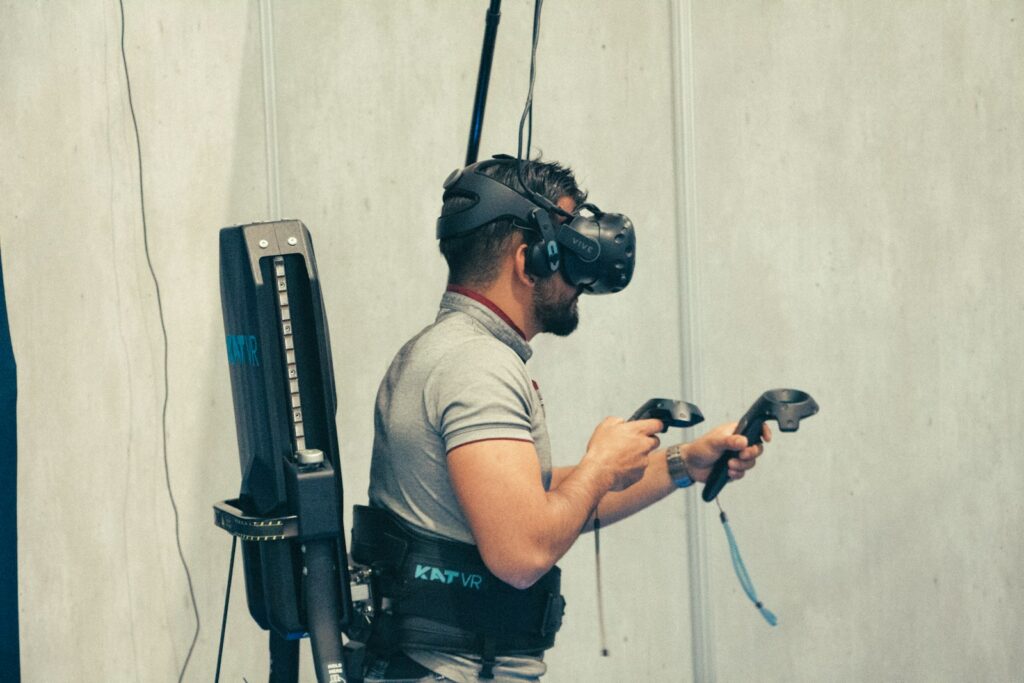The Metaverse offers scientists a host of benefits, but according to a team of researchers, scientists must also be prepared to mitigate a host of challenges and obstacles in the use of Web3 technologies for scientific ends.
According to the team, who released their findings in Nature Human Behavior, the Metaverse can serve science with a list of opportunities, from improving accessibility to aiding reproducibility. On the other hand, the researchers see a nearly as long list of potential problems, including what is controlling the Metaverse and who can afford it.
“The metaverse can improve the accessibility of scientific laboratories and meetings, aid in reproducibility efforts and provide new opportunities for experimental design,” the scientists write. “But researchers and research institutions must plan ahead and be ready to mitigate potential harms.”
The researchers define the Metaverse as “an immersive and persistent 3D environment in which people synchronously interact with others, with virtual agents and objects, and with representations of objects from the physical world.”
See also: What is Metaverse? Guide into the Future of Digital Reality
Opportunities for Science
For scientists, this virtual space provides a platform for addressing a number of issues with conducting science. The include:
Accessibility: The metaverse can overcome barriers to accessibility by providing a 3D virtual environment where researchers from around the world can collaborate and communicate, expanding access to scientific facilities and meetings. It enables remote participation, reduces travel expenses and restrictions, and fosters serendipitous discussions and social connections that are often limited in video conferencing.
Reproducibility: The metaverse offers a solution for enhancing the reproducibility of experimental results by allowing scientists to record and replicate laboratory conditions and procedures in immersive 3D simulations. These recordings, integrated with material states and instrument data, can be revisited by collaborators or reviewers, facilitating a deeper understanding of the research process. Implementing blockchain technology can further ensure the immutability and trustworthiness of these records.
Training and learning: The metaverse revolutionizes the training process by enabling virtual reality experiences that simulate laboratory procedures. It allows trainees to revisit and fully immerse themselves in previous research, reducing the limitations of location and enabling the sharing of techniques among research groups. Virtual simulation also provides a safe environment for learners to make mistakes without real-world consequences.
New experimental environments: Visualization in the metaverse surpasses traditional 3D object visualization on screens by providing a fully immersive experience. Researchers can explore and manipulate large-scale networks, molecular structures, and complex data in multiple dimensions. Additionally, the metaverse allows the creation of virtual and immersive environments that are otherwise challenging, expensive, or impossible to realize in physical laboratories, expanding the possibilities for behavioral studies and exploring inaccessible or hazardous locations.
A Metaverse of Challenges for Scientists.
The researchers see these challenges with the Metaverse:
Corporate control: Large corporations currently hold the expertise and resources to develop the metaverse, which may not align with the interests of science. Scientists may face limited access to metaverse benefits, relying on corporate agendas and financial interests. Funding mechanisms or strong protections are needed to ensure the research community’s needs are met independently.
Code fidelity: Scientists must establish and publish rules governing metaverse experiments to ensure their fidelity and veracity. Trust mechanisms and protocols for metadata adoption are crucial for accepting and replicating knowledge produced in the metaverse. Standard environments are necessary for reproducibility and the advancement of studies.
Resource disparities: The metaverse requires substantial upfront investments and training, favoring well-funded science institutions. Governments and funders must support under-resourced research groups to ensure equitable access and adoption of the metaverse. Direct funding and investments in open infrastructure can help level the playing field.
Privacy and surveillance: Activities in the metaverse generate vast amounts of data, necessitating careful governance decisions, privacy policies, and community norms. Compliance review committees must adapt to address potential harm to humans and animals due to the virtual, persistent, and networked nature of the metaverse.
Biases and discrimination: The metaverse can inherit biases, harassment, and discrimination from real-world settings. Racism, distrust, and sexual harassment can target virtual avatars. Safety norms and codes of conduct need to be adapted and extended to all metaverse activities, considering race, gender, and creating inclusive research environments.
The researchers suggest careful attention to both the opportunities and challenges of using the Metaverse for scientific ends: “At present, the research community is not yet engaged in a broadly coordinated effort to develop open, accessible and interoperable metaverse platforms for science, leaving an important opportunity on the table. Charting both the opportunities and hazards of science in the metaverse will help us to make the most of the coming future.”


















